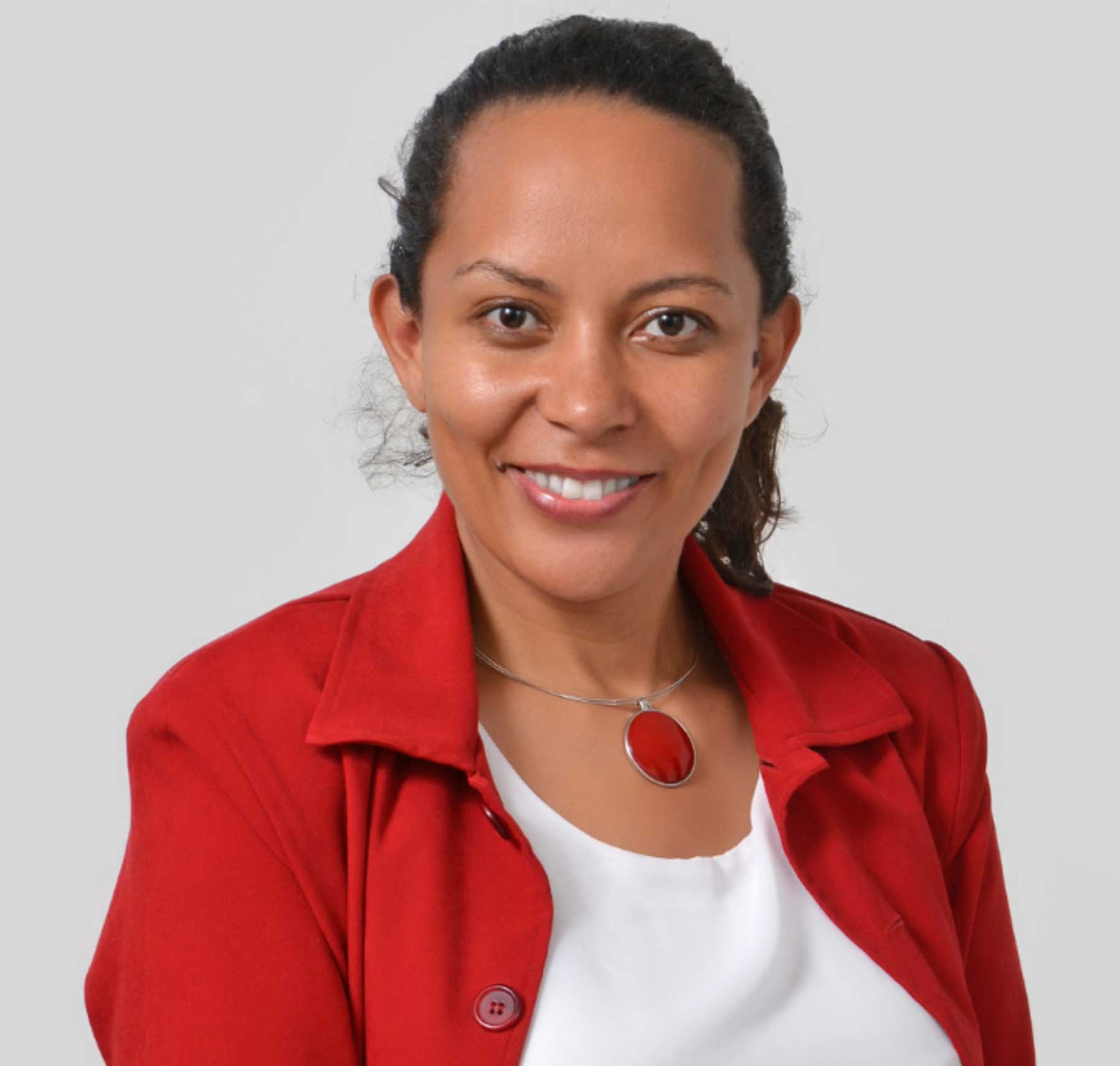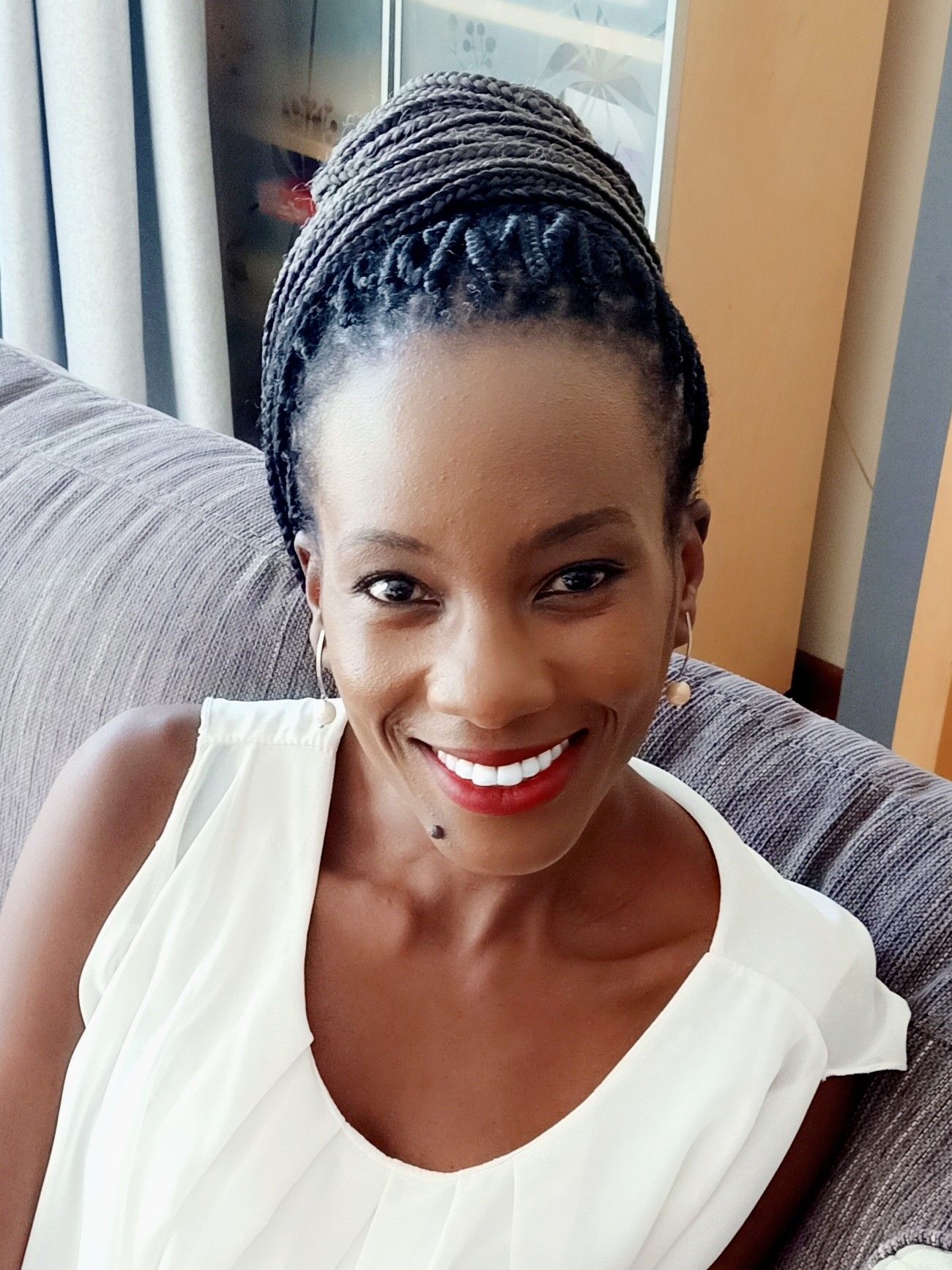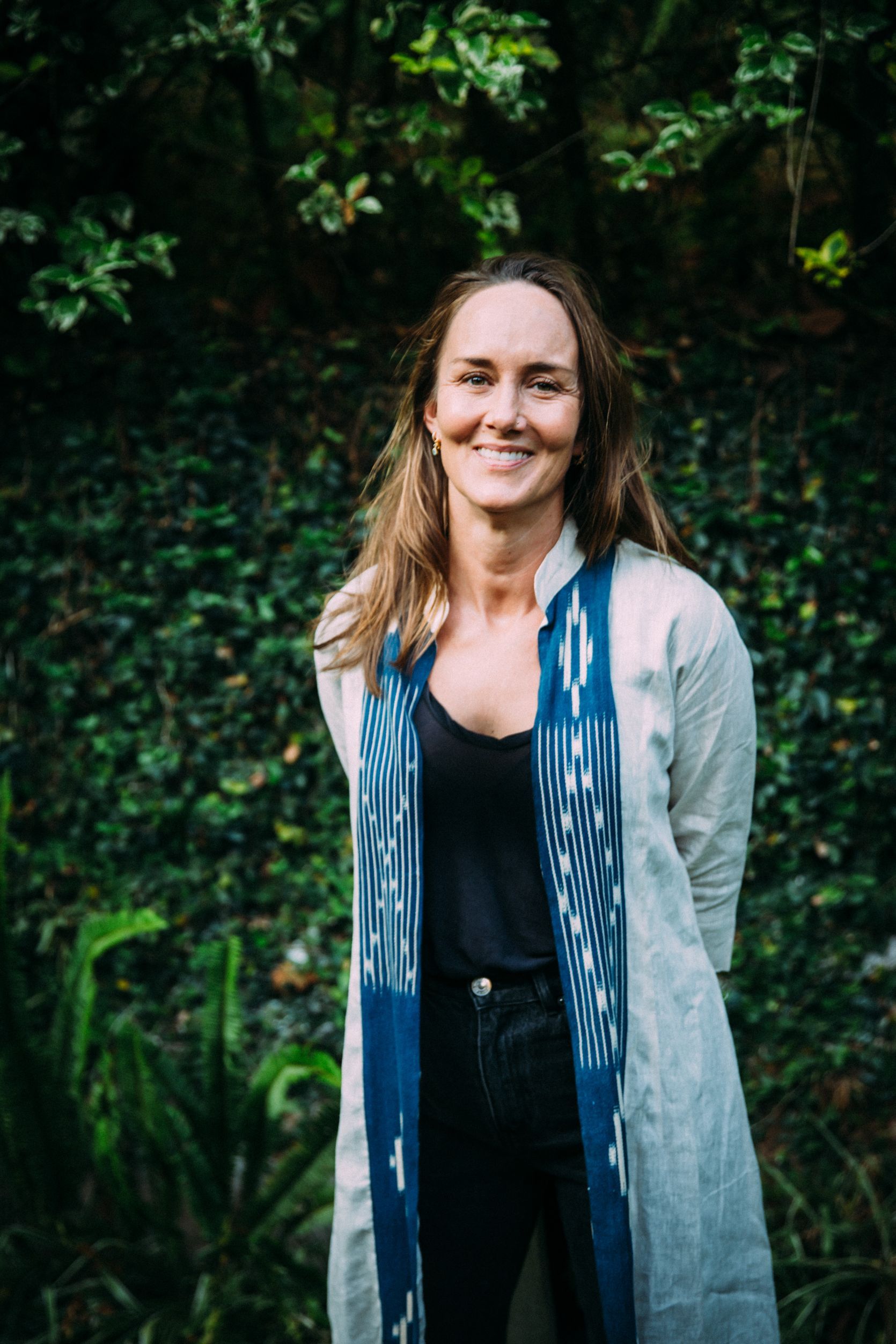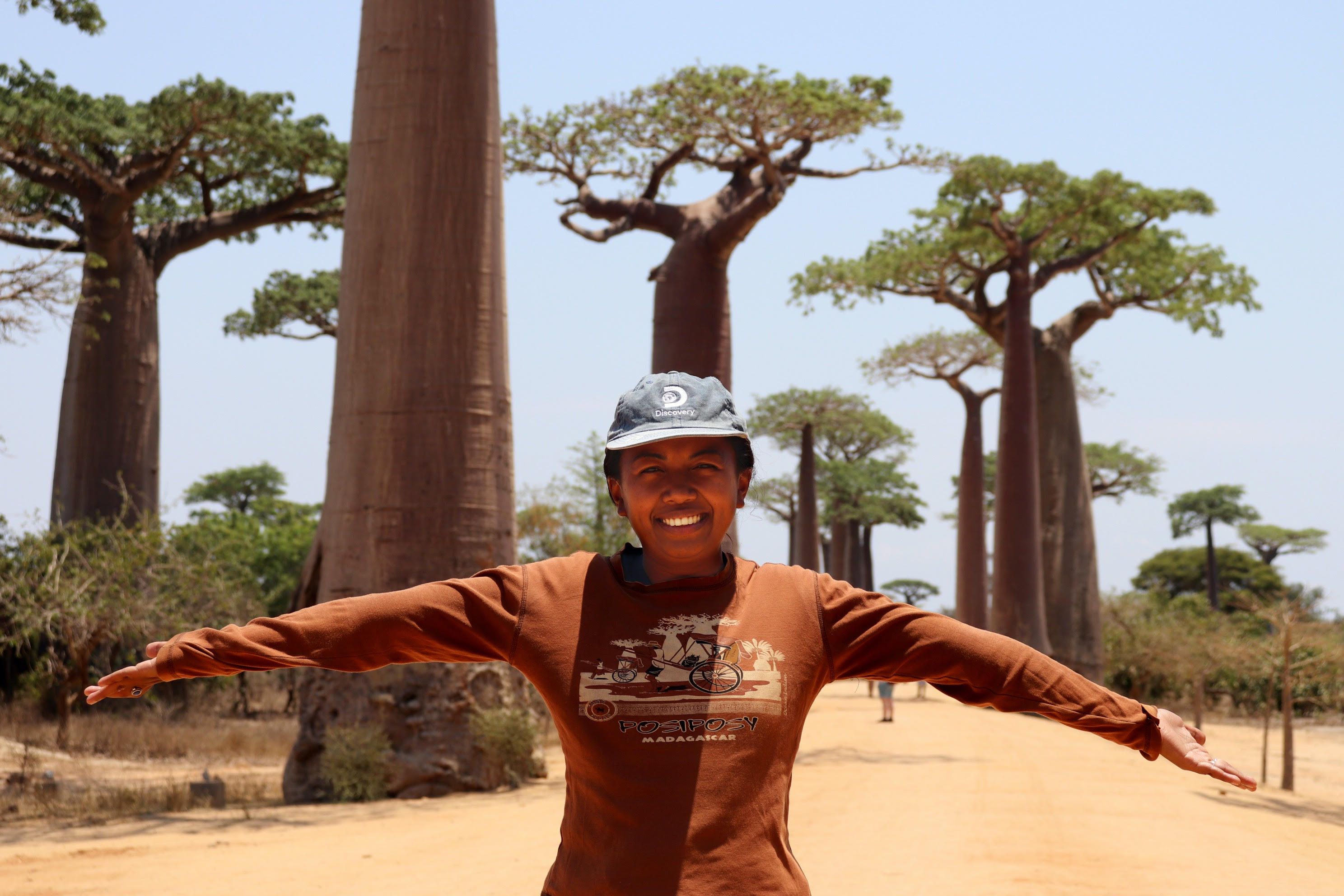I find that most of the time if you’re passionate about what you’re doing and are doing it well, things are not difficult
Trailblazing architect, Emma Miloyo’s life is marked with enormous achievement. Not only was she the first woman to graduate from Jomo Kenyatta University of Agriculture and Technology with a first-class honours degree in architecture, but she also went on to become the first female president of the Architectural Association of Kenya.
According to the 38-year-old Partner at Design Source, Top 40 under 40 2011 and 2018 Kenya winner, Eisenhower fellow, Director and co-founder of Kiota School, success is more than achieving goals. Emma's lifelong ambition is to inspire young women and help them break the glass ceiling that has limited their success, especially in male-dominated fields.
She talks to Damaris Agweyu about her mission to change her immediate environment and, ultimately, the world.

Were you destined to be an architect?
It looks like it. I’ve always been a creative person and my dream of getting into the industry took off in Kenya high school. My art teacher saw potential in me and encouraged me to follow this path. This dream was cemented during one particular event when I was in form 2- we had a group of professional women who came to give us career advice- I listened to this one fabulous lady talk about her career in architecture and decided, that’s it, that’s what I want to do. I went on to join the Jomo Kenyatta University of Agriculture and Technology to study architecture.
A typically male-dominated field.
Actually this idea had never occurred to me until I landed in university and saw that less than 10% of the population that was studying architecture was female.
Did you ever feel intimidated by all the testosterone in class?
No. I just got on with it.
And now, not only are you an architect but you’re also the president of the Architectural Association of Kenya- the first female one for that matter.
Yes, I wanted to go into leadership in my industry to be a change agent.
You were a woman on a mission?
I wouldn’t say that exactly. I never joined the association with the intention of becoming its president. I just wanted to influence things around me then found myself in a position where I saw I could lead so I went for it.
And broke the glass ceiling while you were at it.
And that’s important for me- I am a big champion of gender equality. I believe everybody needs to be given the chance to sit at the table and be a part of the conversation because in such cases, we all gain- men and women alike. Taking a leadership position meant I was making it easier for the next crop of women to get to the next level. I wanted them to see that it is possible because sometimes people just need to see it so that they can believe it. You cannot underestimate the value of role modelling.
Was it difficult to become the President of the association- as a woman?
There were things people would say that were just wrong but then I didn’t take them to heart because sometimes they were coming from a point of ignorance rather than malice. I have definitely come across one or two male chauvinists in my time.
And how have you dealt with them?
I politely but firmly tell them that what they are doing is not right. I never lose my temper in such situations. Because while you can’t control what people say or think about you, you can control your reaction. And my reaction is especially important because there are other women who are watching what I am doing and taking notes on how they will deal with similar situations in future.
If you see children walking alone in the streets then it means the planners have thought about the most vulnerable people in that society.
Emma Miloyo
What have you achieved so far during your Presidency?
The term is 2 years and mine started in March 2017. In my time, I have done a lot of advocacy as a thought leader in the industry. We have taken on new ways of doing things and embraced the use of social media a lot more. We have also launched a paper called The Kenya We want. It outlines the issues that need to be addressed in order to make our cities and human settlements inclusive, safe, resilient and sustainable.
I believe I have made the Architectural Association more visible- visibility is important because then people understand the value of architects and its affiliated professions. If we are going to have good architecture out there, we need to understand and know the value of engaging good architects, this should not be an elitist field.
Good architects are expensive though.
That’s the perception most people have, a wrong one. If you look at the value of the investment you are making and the risk you are taking, it’s a small price to pay because it’s over a long period- 4 or 5 years if you are building. Your lawyers or doctors are probably a lot more expensive in the long term. What you are doing with an architect is making a long term investment and the very good ones will even save you money by giving you the right advice. Part of my agenda has been to demystify perceptions about our industry.
So your term comes to an end next year, is it renewable?
Yes, but I’ll just do the 2 years then give someone else a chance.
Let’s talk about the Nairobi we want, to put it mildly, we have a long way to go.
We have some work. If you want to see how livable a city is, look at women and children and how they are able to get around. - unfortunately, we are lagging behind.
There are hardly any green spaces, few good pavements and traffic is usually a nightmare. Our infrastructure does not work for its people. Think about it, only about 15% of the Nairobi population drives which leaves 85% that has to figure out ways of getting around. But have we catered for this majority? No. They are left to hop, skip and jump their way around the city- It’s like nobody thought how people would interact with the roads. And if our public transport was safe, clean, efficient, if we had good pavements, the 15% that drive could be reduced- drastically. I mean who wants to drive all the time? Anytime you are stuck in traffic in Nairobi, you know this is not a great city. We need to make this a livable city.
And how do we do that?
The Kenya We Want document focuses on six key areas: We look at having affordable housing for all, accessible, safe and clean public spaces, efficient public and non-motorized transport, ease of doing business within the counties and effective monitoring of buildings being put out.
Do you think it’s all achievable?
There’s nothing that is not achievable, there are concrete examples of countries that have repackaged themselves and are turning their fortunes around- look at Rwanda or Dubai- and it doesn’t take a long time, less than 20 years. It’s possible to make and see real changes in our lifetime.
Tell me about your company, Design Source.
I co-founded it with my husband who was also my desk-mate at the University. 50% our portfolio is in corporate interiors, we believe fun funky workplaces really impact workplace productivity and this is what we create for clients; the other 50 % is focused on conventional architecture, here, we’ve worked on a number of hotels and retail service stations.
Which projects has Design Source done that you are most proud of?
For conventional architecture, so far I would have to say “The Habitat” along Ralph Bunche Road and for corporate interiors, it would be the iHub space.
Any other big projects you are handling right now?
Currently, we are working on a 22 storey tower in Upperhill near Nairobi Hospital.
What’s it like working alongside your husband?
It’s great! Because of the nature of our work, being out and about and not confined to an office all day, and we are not in each other’s faces too much. I’ve known him half my life and he has had a great influence on me. We complement each other because while I am the kind of person who has to have everything thought out before starting a project, he prefers to go with his gut. We have formed a synergy and language that works really well and we make a great team.
Sounds ideal.
(laughs)… It creates a lot of efficiencies.

One of Design Source's projects- The Habitat
You’ve also started a school together?
Yes, Kiota School. My husband and I knew exactly what kind of education we wanted for our children so when the opportunity to start a school presented itself, we went for it wholeheartedly. I am very passionate about education.
Is that so?
Yes. Since my gap year after high school and throughout all my years in university, I was an untrained teacher in Kianda School where I was a swimming teacher as well as an assistant teacher in the classroom. My project in university was on school environments and how that shapes learning. My passion for education extends to giving back through the Ex-Bomarian Education Trust Fund, a scholarship fund that supports the education of needy girls at The Kenya High School and provides them with career guidance.
How old is Kiota School?
5 years now. We officially opened in 2014 starting with just 20 children- And that’s including our 2. Today we have 330 students and the school has both a kindergarten and primary section.
How does one just up and start a school?
We were passionate about education and being in the architecture industry, it was easier to find property than it might have been if we weren’t. But make no mistake, we had our challenges.
Such as?
Getting furniture for one. We were importing ours and it was stuck at the airport just when we were about to launch the school, fortunately, the parents were sold on our vision.
What makes your school different from the many others out there?
We found that there were parents who were looking for a balance between a local and international system, that is, a local curriculum with an international outlook. In fact, my husband and I were such parents. Kiota school, therefore, has a Montessori integrated curriculum that keeps in touch with worldwide trends. We are always challenging ourselves to improve on what we have. We have seen new entrants in the sector who are following in our footsteps and this confirms to us that we are doing it right.
Technically, neither you nor your husband is a teacher, how do you decide what is right for the school and what isn’t?
I actually think it’s a huge advantage that we are not teachers. It allows us to think out of the box! We are employing in different places, interacting with the outside world and seeing what the world needs. We have an understanding of what the trends are in the market and the future of work, this adds great value to what we offer. We also have a great team of teachers on our leadership team.
I’m trying to figure out what you’re passionate about- architecture, education, gender equality…what is it?
All of it! I am passionate about life. I think it’s important that people live good-quality lives and I would like to play my part in making that happen. I am doing this through architecture, which is the hardware of life and through education which is its software. Our vision for Kiota School is to change the world and make it a better place through our children- we are grooming the leaders of tomorrow.
You’re an architect, businesswoman, leader, mentor, educator, mum, wife and I'm sure many other unvoiced things in between. Where do you find time to do it all?
Sometimes when you are busy you get things done- you know that saying?
If you want something done, give it to the busiest person you know…
Yes. Hiring the right team is important because then you become more of a vision bearer and once your team is sold on the vision, you don’t have to do everything yourself.
I also wake up early, at 5.30. I can get a lot out of the way in that 1 hour before everyone else is up. And I try to cut out as much traffic as I can from my days so will not find me on the road during rush hour unless it's absolutely necessary.
What’s the biggest challenge you face on a day to day and how do you deal with it?
The balancing act is a challenge- but I always remind myself that it’s an act- it’s not a noun but a verb- so I am constantly readjusting things to make it all work. Having my kids go to Kiota School is a great advantage because I know exactly what’s going on there so it’s sort of like homeschooling them. I also involve them in a lot of what I do, I bring them to many of my functions and that way we spend time together. The fact that my husband and I work together makes it a lot more efficient because we are always on the same page.
What impact do you want to have in the world?
I would like to change the hardware and software of my environment through my work in architecture and education respectively. In terms of the hardware, this goes back to the importance of having a livable city. We need to make this city a better place for our children, we need green spaces where they can play as well as all those things we talked about: good public transport and mobility, it all affects our mental health. If I could help change Nairobi so it becomes livable for our children then my work will be done.
For more wisdom and insights from Emma Miloyo, get your copy of Different Paths, One Journey HERE.





